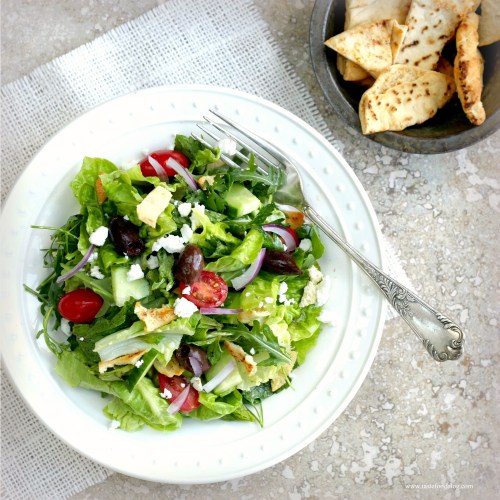Winter Greens Gratin
Gratins are a great way to eat your vegetables, especially in the winter. Who can resist bubbling pots of roasted vegetables and winter greens, crispy golden on the top and cheesy-creamy in the center? Hearty earthy greens, such as kale, spinach and chard, stand up exceedingly well to rich bechamel and melted cheese (what wouldn’t?) Serve in a large gratin dish for family style dining or spoon into individual ramekins for fancy serving. Either way, you can be sure that everyone will be eating their greens.
Kale Gratin
Feel free to add other greens or vegetables, such as chopped broccoli or cauliflower. Pecorino or Gruyere cheese may be substituted for the Parmigiano. Serves 4 to 6
1 tablespoon olive oil
1 large shallot, finely chopped, about 1/2 cup
1 to 2 bunches kale (Tuscan or curly), tough ribs removed, coarsely chopped (about 10 cups)
2 tablespoons unsalted butter
2 tablespoons all-purpose flour
1 cup whole milk
1 cup heavy cream
1/2 cup finely grated Parmigiano cheese, divided
1 teaspoon salt, or to taste
1 teaspoon freshly ground black pepper
1/4 teaspoon ground nutmeg
Preheat the oven to 350°F. Heat the oil in a deep skillet or wide saucepan over medium heat. Add the shallot and saute 1 minute. Add the kale and saute until slightly wilted, about 2 minutes. Remove from heat. In a medium saucepan, melt the butter over medium heat. Add the flour and cook, stirring, until light golden, about 2 minutes. Whisk in the milk and cream. Simmer, stirring, until thickened. Whisk in 1/4 cup cheese, the salt, pepper and nutmeg until the cheese melts and the sauce is smooth. Pour over the kale and stir to combine. Transfer to a buttered gratin dish or individual ramekins. Top with the remaining cheese. Transfer to oven and bake until the tops of the gratins are golden brown and bubbly, about 25 minutes. Serve warm.













